Askar Colour Magic C Duo-Band Filters (COLOUR-MAGIC-C)
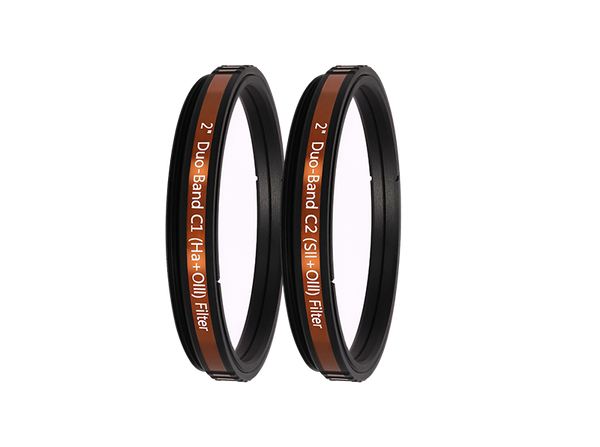


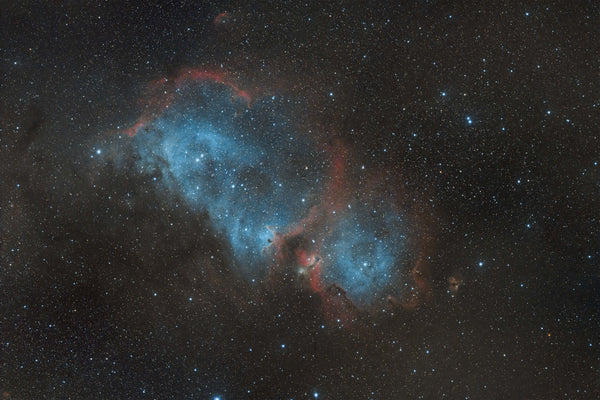
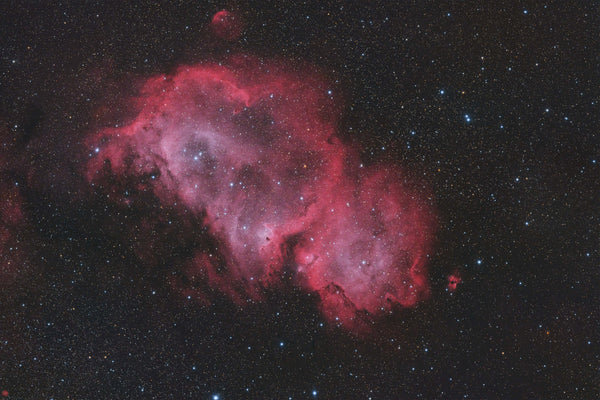

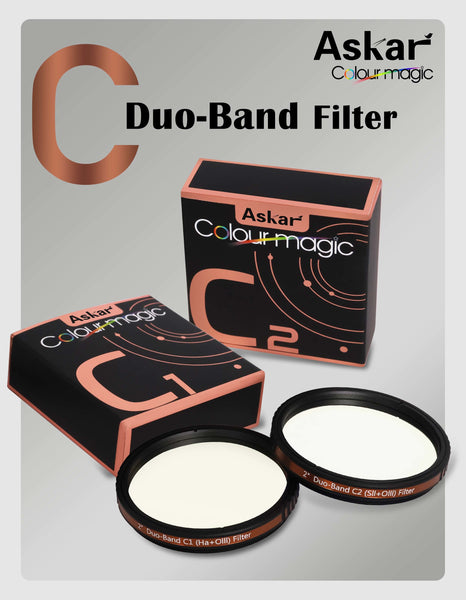













Askar Colour Magic C Duo-Band Filters (COLOUR-MAGIC-C)
Products in the Same Family
Filter Option - Filter Package (C1 & C2 Filters)
Why Purchase from All-Star Telescope?
Free Expert Support
Whether you are a first timer needing help with setting up or an enthusiast that can't quite make that one thing work, our expert staff are ready to support your needs. With decades of knowledge and first hand experience we've been there and we can help you through it!
Stress Free, Secure Transactions
You can trust purchasing and delivery with All-Star Telescope. All of our transactions are 100% secure and Level 1 PCI DSS compliant thanks to Shopify's ShopPay platform. For additional protection, we insure 100% of the value of every shipment we make. If it get's lost during shipment, we replace it. If it gets damaged during shipment, we replace it. We make sure your product arrives exactly as you would expect it to; we promise.
We also ensure privacy protection. We never keep any of your credit card information on file and any of your personal data is stored according to our policies.
30 Day Return Policy
Buy with confidence knowing that we accept returns up to 30 days after purchase. We want you to have something you will actually use and we are confident that we keep good quality products in our store with No Junk.
Price Match Promise
Shipping around for the best price is tough, we make it easier by offering the best pricing in the market. But if you find a better price on an in-store item somewhere else we will match it!
Product Description

When shooting deep-sky galaxies with color cameras, a duo-band filter in the Ha +OII bands is often used; whereas with a mono camera, a narrowband filter in the Ha, SII, and OII bands is often used, leaving users with color cameras missing one band of nebula detail. This can be compensated by using the Colour Magic C Duo-band filter (SII+OIII) mentioned above.
Colour Magic C1 Duo-band filter (Ha+OIII) has a high transmittance of over 90% at its center wavelengths (500.7nm and 656.6nm). Similarly, the Colour Magic C2 Duo-band filter (SII+OIII) has a high transmittance of over 90% at its center wavelengths (500.7nm and 672nm).
Both can effectively improve the quality of the image, making the sky background of the image darker while maximizing the contrast throughout the image. This enhances the contrast of your pictures, and making it easier to display the details of the stars. In areas with very serious light pollution, this filter can also selectively filter light pollution and cluttered signals through the emission lights of the nebula to achieve the ideal shooting effect.
With efficient and excellent imaging performance and, a fun and innovative shooting experience, let Colour Magic C duo-band filters become your great tool to capture the beautiful moments of the universe!




Specifications
| FWHM: | 35nm ± 5nm (OIII) 15nm ± 3nm (Ha) 15nm ± 3nm (SII) |
| CWL: | 500.7nm (OIII) 656.6nm (Ha) 672nm (SII) |
| Peak Transmittance: | 90% |
| Thickness: | 2 ± 0.05mm |
| Barrier Property: | OD3 @ 200-1000nm |
| Surface Finish: | 60/40 |
Color Magic C vs D

C1 Transmission Curve

C2 Transmission Curve
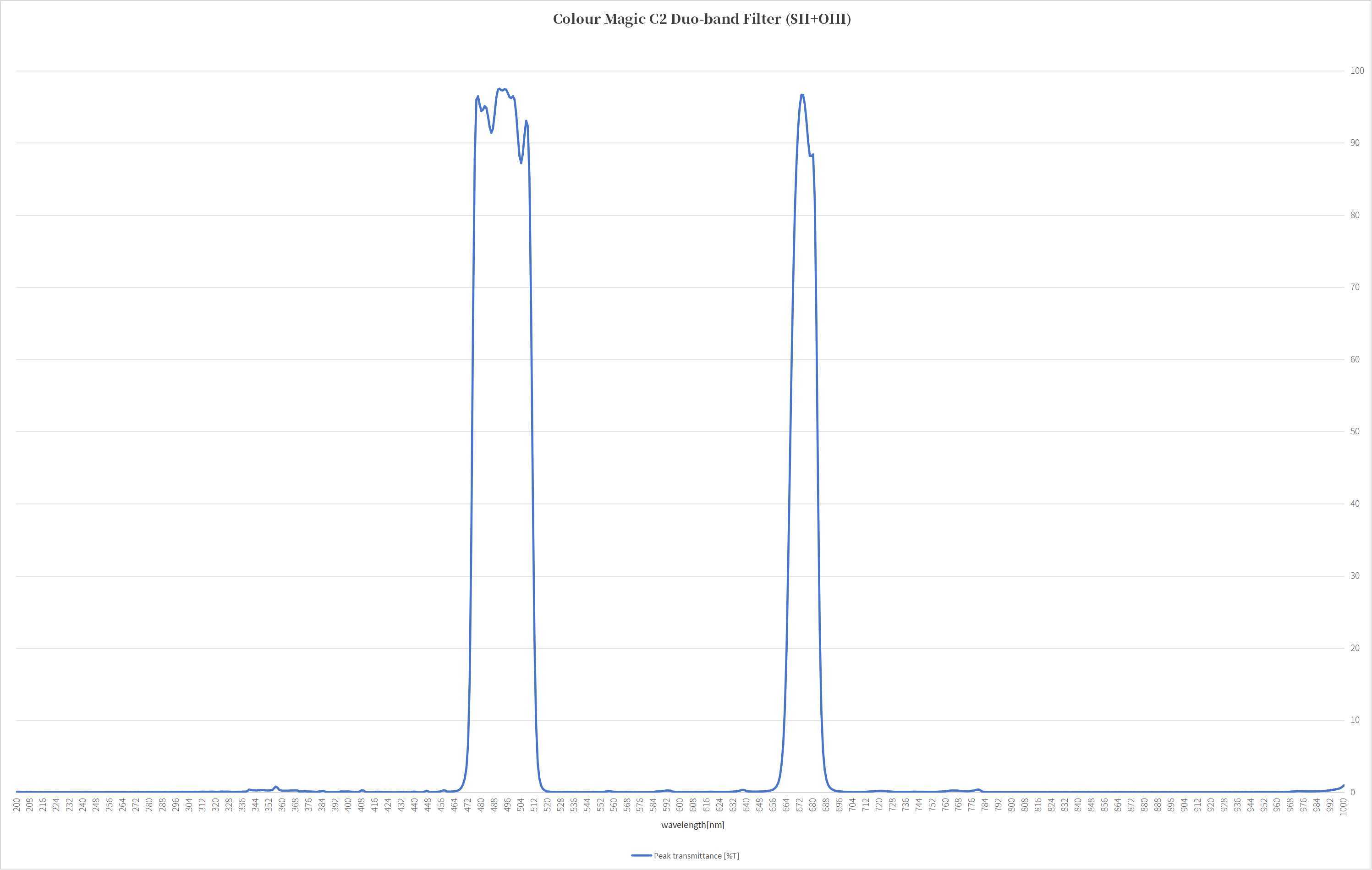
Additional Articles, Videos, and Links
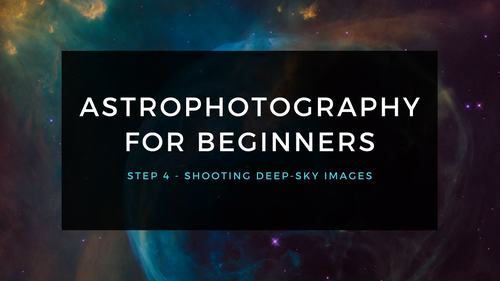
Astrophotography for Beginners Step 4: Shooting Deep-Sky Images
Taking deep sky pictures can be daunting, luckily there is an easy process to follow to allow you to get great shots! Here is the typical process for actually taking deep-sky images in the field.

Astrophotography for Beginners Step 3: Choosing Gear for Deep-Sky Imaging
Using a star tracker gains you experience with the fundamentals of deep-sky imaging. Shooting the Moon gains you experience focusing and framing through your telescope. Through your sessions you’ll...

Astrophotography for Beginners - Start Here: Getting into Astrophotography Step by Step
Shooting the night sky has never been more popular, nor easier. The choice of equipment has also never been better, or more affordable. However, as per the advice given by Dickinson and Dyer in the...
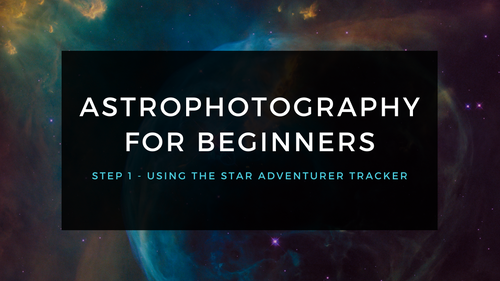
Astrophotography for Beginners Step 1: Using the Star Adventurer Tracker
By far the most economical and easiest way to capture beautiful images of the Milky Way and large deep-sky objects like the Andromeda Galaxy (shown here) is to use a star tracker. Here are steps an...

Astrophotography for Beginners Step 2: How to Shoot the Moon
Close-ups of the Moon are rewarding, and an easy way to learn to shoot through your telescope. While good results are possible with a phone camera clamped to an eyepiece (as shown below), this tuto...

